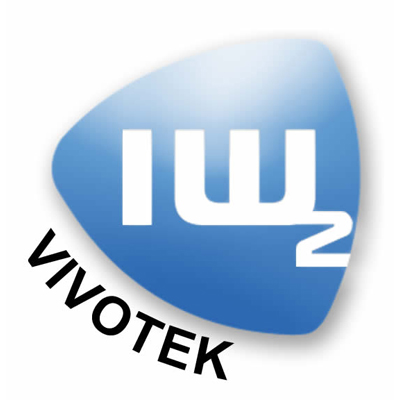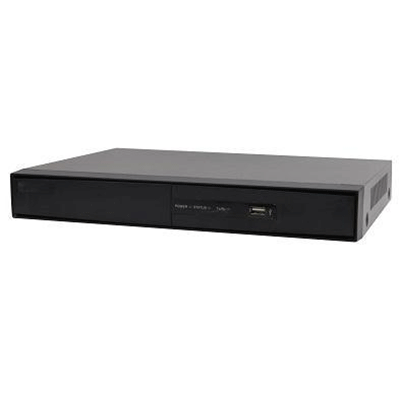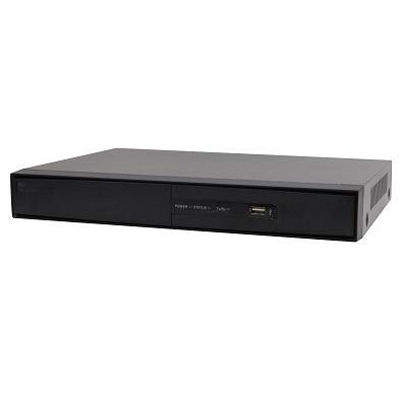A10 Networks, a technology leader in application networking, recently announced the integration of its Thunder Application Delivery Controllers (ADCs) with Cisco Application Centric Infrastructure (ACI) fabric. Offering dynamic L4-L7 application networking services, this joint solution enables enterprises to amplify their data centre output by automatically provisioning application delivery and security services with a significant increase in both allocation speed and business agility – all at a reduced cost.
“Our vision to deliver on-demand, policy-based mechanisms for dynamic L4-L7 services in a cloud environment closely aligns with the streamlined application delivery cycles of the Cisco ACI common policy framework,” said Raj Jalan, CTO of A10 Networks. “By combining A10 Thunder ADC and Cisco ACI solutions, we are able to provide enterprises with rich application delivery and security capabilities in a shared infrastructure.”
The open framework of Cisco ACI enables ecosystem partners such as A10 to seamlessly interoperate with Cisco ACI fabric. Together, the Cisco ACI and A10 Thunder ADC solutions provide an automated approach to networking services based on application-specific policies that allow data center applications to dynamically scale on demand. Furthermore, the ACI and Thunder ADC synthesis empowers Cisco and A10 to independently innovate and address pervasive requirements of network programmability. As a result, more advanced ADC and security functionality such as service chaining, WAF, SSLi and GSLB will be integrated with Cisco ACI.
“Rapidly evolving application paradigms and associated infrastructures require the seamless integration of application network services into today’s data center fabrics,” said Soni Jiandani, SVP, Marketing, Cisco. “The integration of Cisco ACI with the combined performance of A10 Networks’ Thunder ADCs and ACOS operating system programmatic interfaces makes this scale and agility a reality.”
Cisco ACI technology provides the ability to insert Layer 4 through Layer 7 services into the Cisco Application Policy Infrastructure Controller (APIC) via simplified definitions. The A10 APIC device package automates ACI service chaining and the insertion of physical, virtual, and hybrid A10 Thunder appliances. The device package has been rigorously tested by A10 Networks in Cisco ACI environments to offer rich L4-L7 network application services and templates as well as HTTP optimisation services for Cisco’s ACI fabric. The A10 device package uses open APIs and scripts that allow Cisco APIC to configure consistent automation and orchestration of Application Delivery Controller (ADC) services within the fabric required to deploy applications in a fast, highly secure and reliable manner.
Benefits of A10 Thunder ADC and Cisco ACI fabric integration
- Enhanced Agility: Data centre operators can choose from a selection of A10 appliances to spawn new instances on demand and support dynamic L4-L7 service insertion according to tenant-defined or provider-defined policies. Operators can now dynamically respond to business needs by providing consistent services in a shared, multi-tenant environment via policy-based automated provisioning.
- Rapid Provisioning: Users can build an automatically provisioned application networking infrastructure. Customers benefit from programmability and open standards-based RESTful APIs to rapidly instantiate consistent provisioning of networking services to enforce SLAs, compliance and security.
- Service Deployment Flexibility: Data center operators can easily automate L4-L7 data centre operation services independently from where services reside. The ACI policy framework provides a common policy abstraction regardless of whether services are physical and virtual, thus enabling choices and flexibility of service deployments.
- Lower TCO: A10 ACOS features and configurations are transferable across appliance form factors. The blended ACI-Thunder ACI solution provides all-inclusive licensing and comprehensive programmatic interfaces resulting in quicker integration while facilitating dynamic provisioning of services and efficient resource utilisation in a shared multi-tenant environment.

























